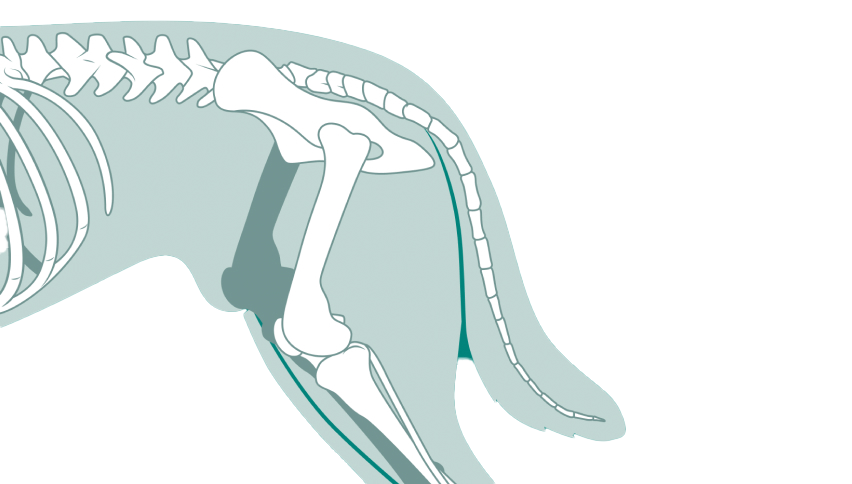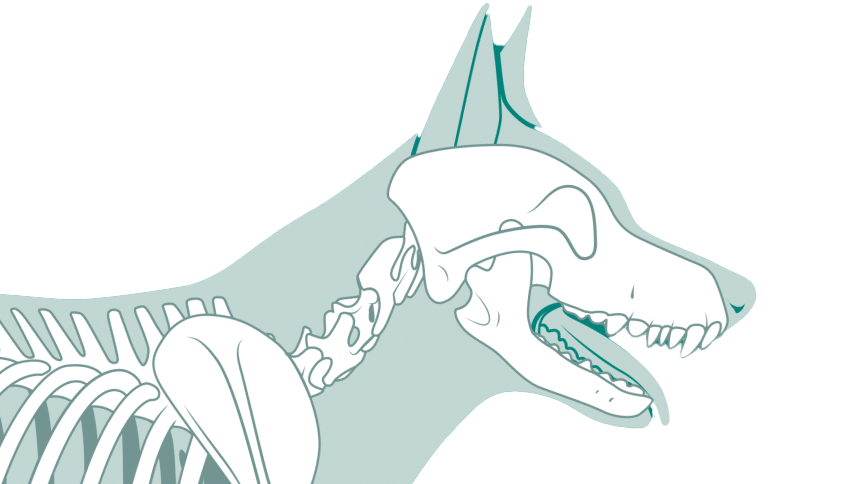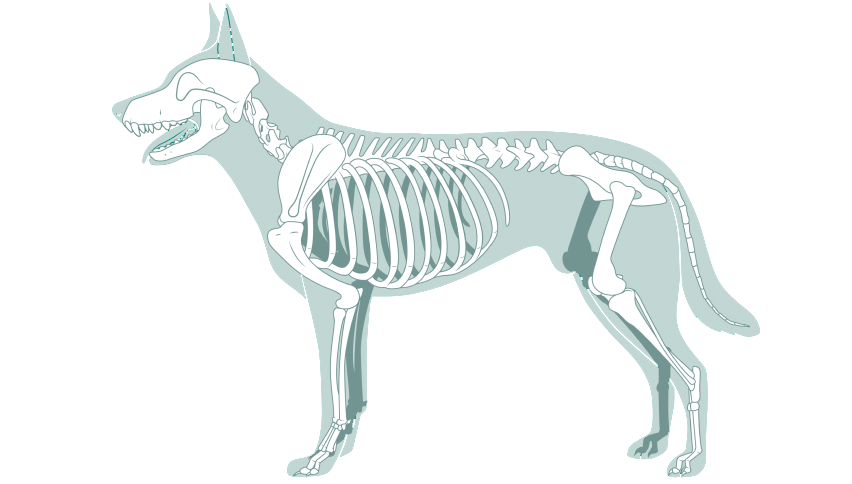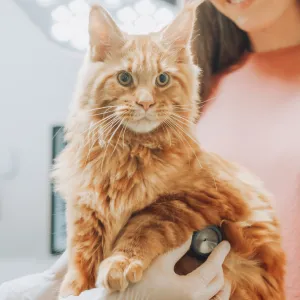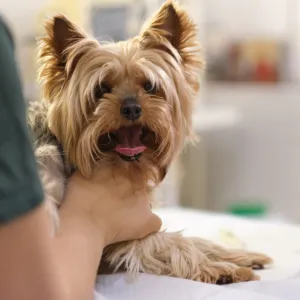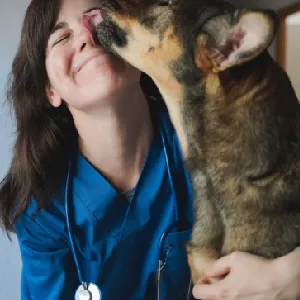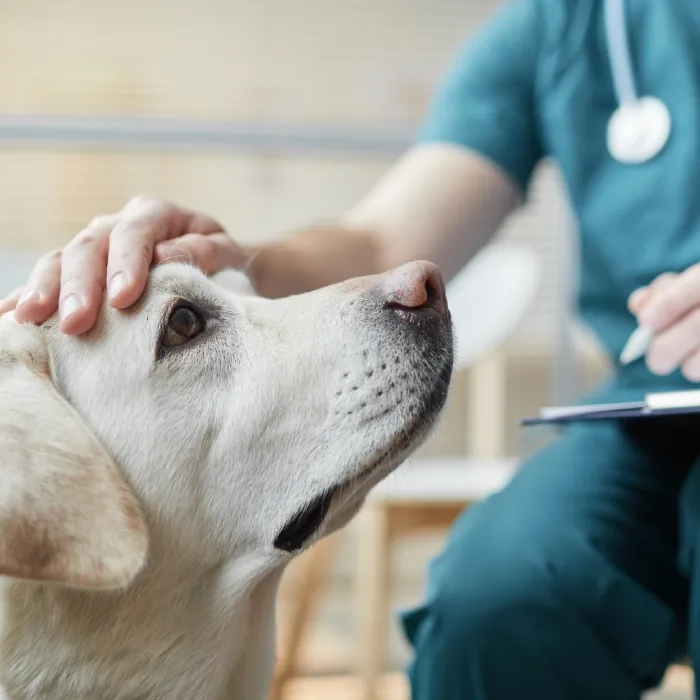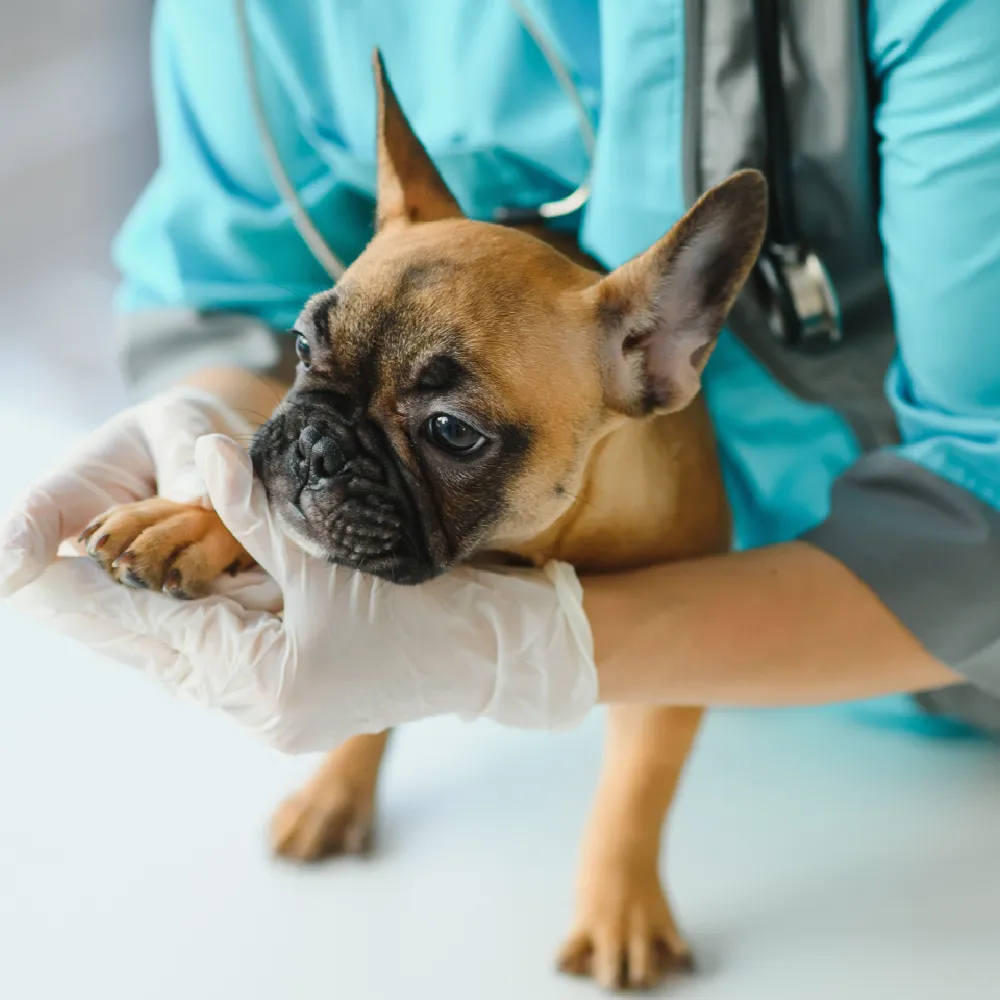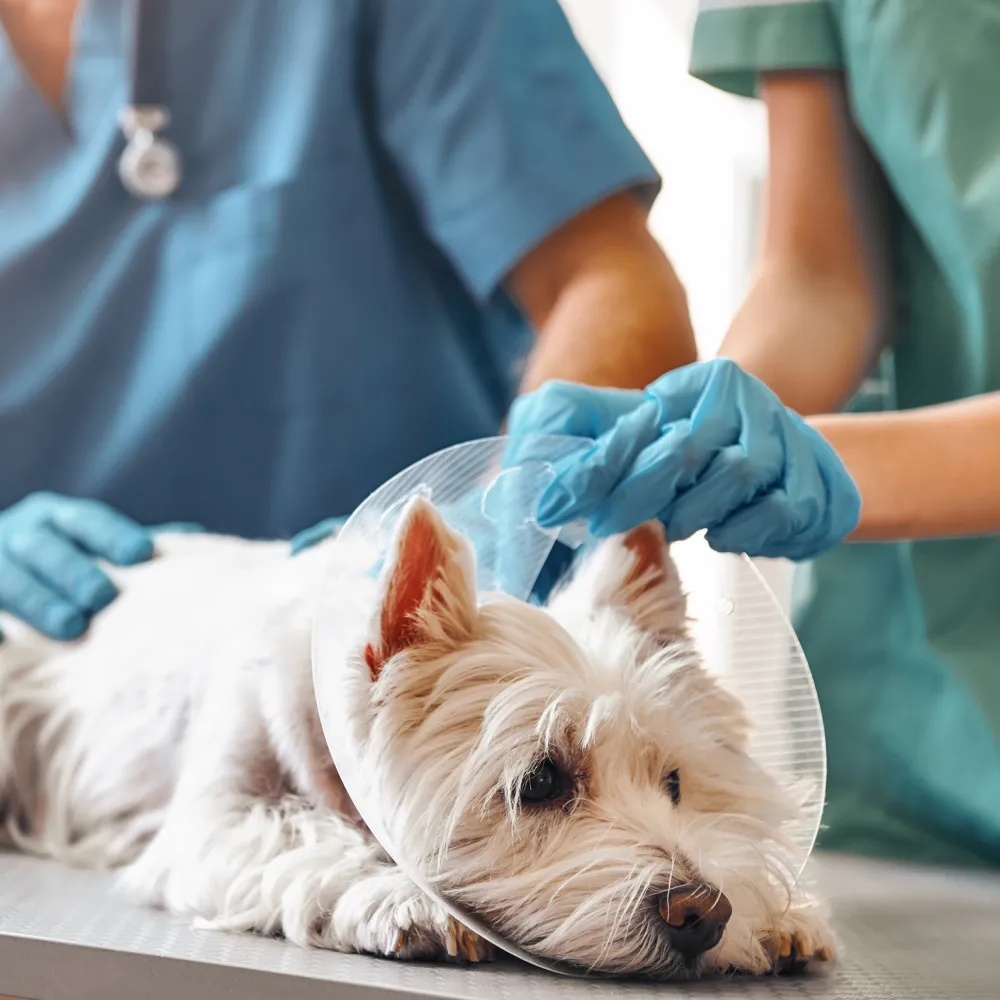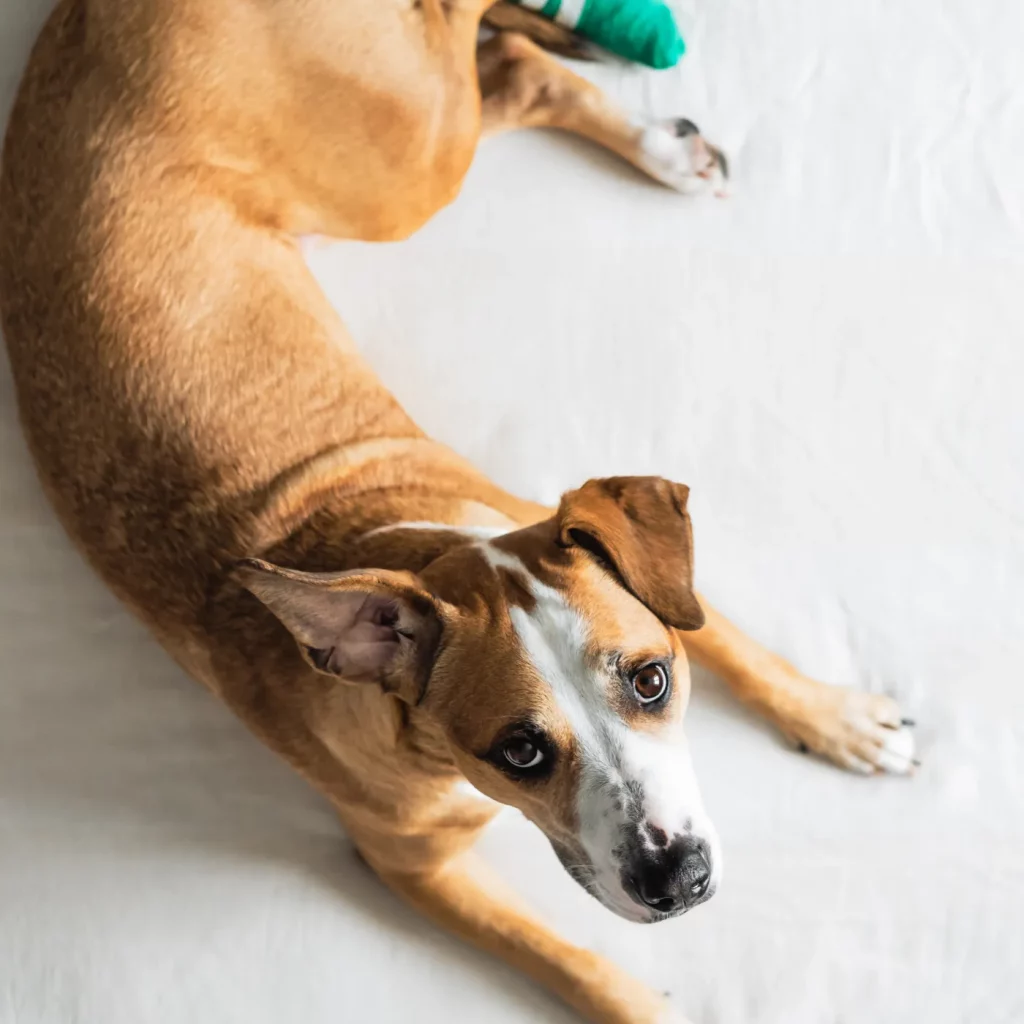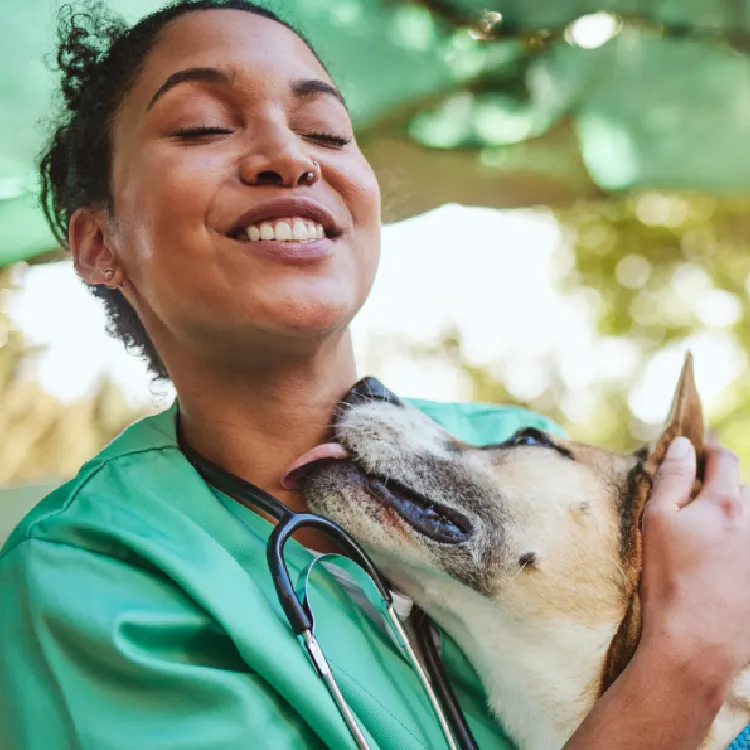Vertebral fractures and luxations are critical injuries that disrupt the spine’s normal alignment and stability, often leading to severe pain, neurological deficits, and paralysis in pets. These injuries typically result from trauma such as falls, accidents, or severe impacts.
The surgical repair of vertebral fractures or luxations involves realigning and stabilizing the affected vertebrae. The pet is placed under general anesthesia, and the surgeon makes an incision over the injured area of the spine. The vertebrae are carefully repositioned to their normal anatomical alignment. To stabilize the spine, the surgeon uses various orthopedic implants such as pins, plates, and screws. These implants hold the vertebrae in place, ensuring proper alignment and stability during the healing process.
In some cases, bone grafts may be used to enhance stability and promote fusion of the vertebrae. The procedure aims to restore the spine’s structural integrity, alleviate pain, and improve neurological function.
This surgical intervention is suitable for pets with vertebral fractures or luxations that result in significant pain, neurological deficits, or instability of the spine. It is often recommended when conservative treatments are insufficient, or the injury poses a high risk of further damage. Factors such as the pet’s overall health, age, and the severity of the injury are considered when recommending this surgery.
Diagnosis of vertebral fractures or luxations involves a detailed physical examination and advanced imaging techniques like X-rays, CT scans, or MRI to assess the extent and location of the injury. Once surgery is deemed necessary, a thorough pre-surgical evaluation, including blood tests, ensures the pet is fit for anesthesia.
Post-operative care includes strict rest and controlled activity to allow proper healing. Pain management and supportive care are crucial in the initial recovery phase. Physical therapy may be recommended to strengthen the muscles surrounding the spine and improve mobility. Regular follow-up visits are essential to monitor healing, ensure the implants remain stable, and address any complications. With appropriate surgical intervention and post-operative care, pets can achieve significant improvements in spinal function and overall quality of life.
The prognosis following vertebral fracture or luxation repair can vary depending on the severity of the injury and the timeliness of the intervention. Early surgical intervention and adherence to post-operative care protocols are crucial for the best outcomes. With proper care, many pets can experience significant improvements in mobility and quality of life.
Our areas of expertise
Transforming the way orthopedic care is delivered
For Vets
Refer your patients to our specialists using our streamlined online portal.
Referral portalFor Pets
Request a consultation or prepare for surgery with us and experience expert compassionate care every step of the way.
Request a consultation